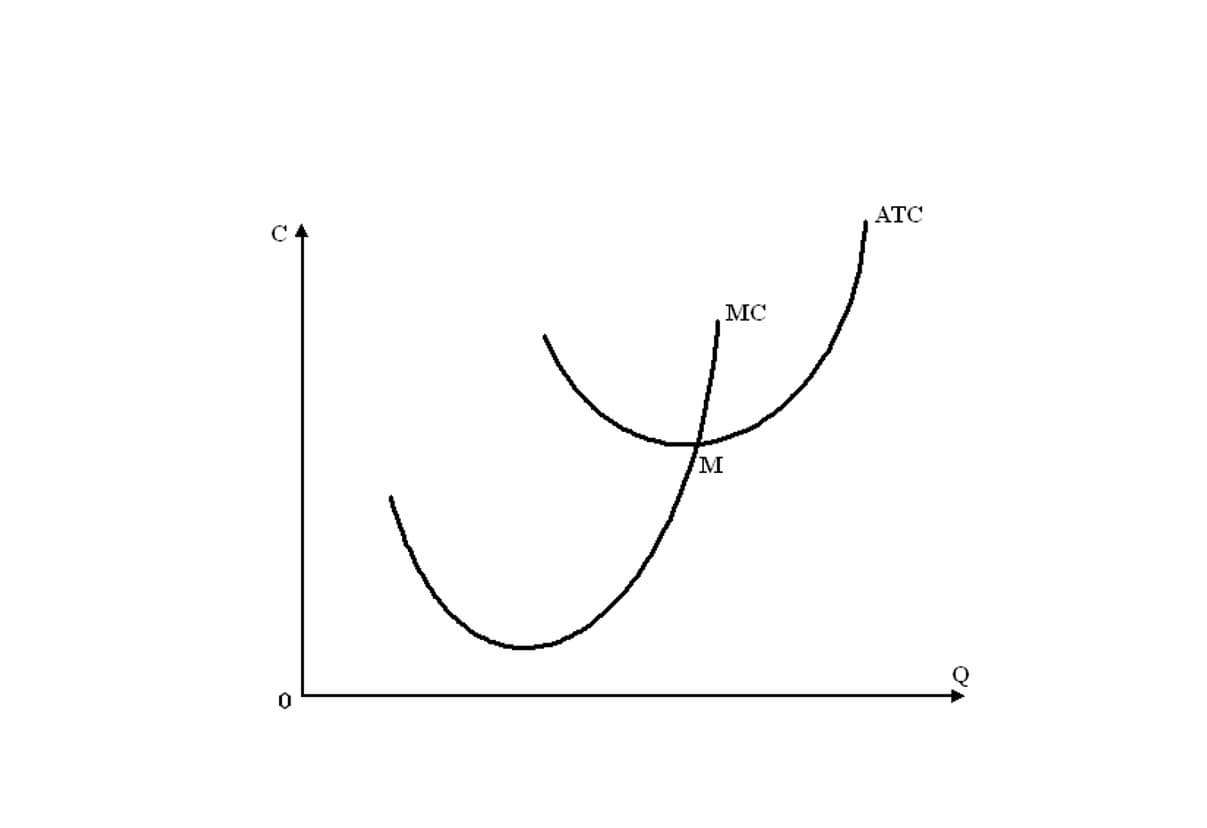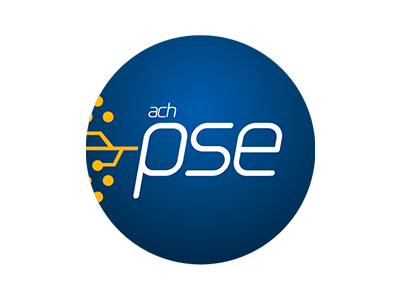

Each invoice line item is tagged with the appropriate accounting code, which informs the ERP system or accounting software how to record and categorize that transaction. This ensures every dollar spent is correctly allocated for financial tracking, analysis, and reporting. With non-PO income statement invoices, set up standardized coding guidelines for frequent expenses.
Coding Invoices: Streamline the Process with Automation
This digital automation and visibility will increase the efficiency https://www.bookstime.com/ of your accounting and AP team compared to manual invoice matching and approvals with paper POs and receiving reports. When paying invoices for accounts payable purchases on invoices with credit terms, debit the accounts payable account for amounts that were originally recorded for the invoices being paid. Credit the cash sub-account (for a specific bank account) for the amount paid and code any early payment discounts earned as a credit to the discounts account.


Allocate costs more accurately across departments and projects
In contrast, modern AP automation what is invoice coding provides efficient, AI-powered automatic invoice coding and processing to replace manual coding and other manual accounts payable processes with a system that digitizes invoices. Automated invoice processing solutions are seamlessly integrated with Enterprise Resource Planning (ERP) systems, fostering real-time data synchronicity. This deep integration eradicates the need for manual data entry, reducing errors and ensuring uniformity of account codes and account numbers across your organisation.
- As you consider the path forward for your accounts payable process, remember that automation is not just a tool; it’s a catalyst for efficiency, accuracy, and financial success.
- Approvers, equipped with clear account codes and purchase order details, receive notifications to digitally review and approve invoices.
- Routinely, this can be done by cross-referencing the services or products delivered against the established code lists.
- Coding invoices in accounts payable has traditionally been a manual process that requires too much time to complete, is subject to human error, and increases invoice processing costs.
- Jayanti Katariya is the founder & CEO of Moon Invoice, with over a decade of experience in developing SaaS products and the fintech industry.
How to automate invoice coding in accounts payable
Invoice codes help categorize expenses, allocate costs to specific cost centres or projects, and facilitate seamless tracking and reporting. A GL code, or general ledger code, is a numeric identifier used to categorize expenses in financial statements. On an invoice, this code ensures that each charge is posted to the appropriate account in the ledger, supporting accurate accounting and budgeting.


Categorizing Expenses


That can be a lot of information to transfer into system by hand, especially for larger organizations dealing with hundreds or even thousands of invoices. Which means that, as long as humans are in charge of handling this process, it is prone to potential errors and mistakes. And what may seem a simple mistake can have a snowball effect across an entire organization. For example, a simple typo or omitting a single digit can hold up the invoice process and create cascading problems as the invoice makes its way through review, approval, and eventually being scheduled for payment.




Beyond just categorizing expenses, invoice coding helps you track spending, supports accurate budgeting, and simplifies tax reporting and compliance, as you’re always ready to respond with trustworthy data. If you’re managing a large volume of transactions or need visibility across departments, projects, or clients, a well-organised invoice coding system can offer clarity and control. Beyond just categorising expenses, invoice coding helps you track spending, supports accurate budgeting, and simplifies tax reporting and compliance, as you’re always ready to respond with trustworthy data. This ensures that every expense is recorded in the right category and aligned with internal financial reporting and compliance standards. This approach replaces time-consuming manual processes with intelligent, system-driven workflows that streamline accounts payable operations.
Save 70%
Invoice coding plays a crucial role in Accounts Payable (AP) by ensuring expenses are properly tracked and recorded. It helps businesses manage budgets, maintain clean records, and stay compliant when done right. This is where automation tools like Serina can help simplify the process and reduce errors. With Nanonets’ user-friendly interface, you can easily retrain your model, update GL codes, or modify approval workflows without IT intervention. This flexibility ensures your invoice coding automation remains efficient and aligned with your business processes over time. Invoice coding is the process of assigning specific identifiers to each line item on an invoice.
- For non-PO invoices, users must analyze the invoice and assign the correct GL or cost center codes.
- Until the invoice is keyed and coded in the system, it’s creating a bottleneck and inhibiting the full ROI on your automated workflow system.
- It can also learn your GL codes by integrating with your ERP or accounting software.
- Businesses use GL codes to track the account, department, location, project, or cost center responsible for the incoming invoice.
- Create an invoice and send it to your customers in minutes – no code required.
Documentazione di Invoicing
Barbara is a financial writer for Tipalti and other successful B2B businesses, including SaaS and financial companies. She is a former CFO for fast-growing tech companies with Deloitte audit experience. When she’s not writing, Barbara likes to research public companies and play Pickleball, Texas Hold ‘em poker, bridge, and Mah Jongg. While it may seem like a routine task, the impact of invoice coding on financial operations is more significant than you might think.
By simplifying this process, you minimize the risk of errors and ensure that financial reporting remains accurate. Invoice coding is the process of categorizing and assigning general ledger (GL) codes to invoices to ensure accurate accounting and financial reporting. It helps organizations track expenses, stay compliant, and streamline their accounts payable workflow. This detailed coding enables accurate budget tracking, easier reporting, faster approvals, and better financial analysis. Automated invoice processing systems like Billy learn from past invoices and processes and improve over time. They become better at invoice data extraction, invoice coding, and approval routing.



